Catalogue Number
NMLH.1994.168.146
Object Name
Poster
Title
Portfolio collection of Civil War Posters in Spain - Introduction by Rafael Alberti and Maria Teresa Leon
Place
Spain; Italy
People
Francisco Franco, Rafael Alberti, Maria Teresa Leon
Events
The Spanish Civil War
Date
1968
Creator(s)
Description
Large cardboard case, with a portfolio collection of Spanish Civil War prints. On the front of the portfolio there is text in Italian, saying "Manifesti Della Guerra Civile In Spagna, Introduzione di Rafael Alberti e di Maria Teresa Leon, Editori Riunti." This translates to "Civil War Posters in Spain - Introduction by Rafael Alberti and Maria Teresa Leon." In pencil someone has written "1968." The front of the portfolio also has a poster taped onto the front, that appears in the portfolio. It is a colourful print, with a figure wearing a cross, feathers, and other colourful clothing on a horse, the figure is holding a torch which looks like fire. This figure represents Francisco Franco, who ruled Spain as a dictator from 1939-1975 and overthrew the second Spanish republic during the Spanish Civil War. There is a swastika on the horse and images of Hitler on the figure's medals. On the top left of the poster there is a cloud, which looks like bombs are coming out of. On the left there
are drawings of plants, with faces drawn inside; these faces look sad and distressed. Underneath the faces there is a small signature from the artist, saying "Canavate." The bottom of the poster says "the general." The poster itself was produced around 1937. This is a drawing of General Francisco Franco, the leader of Nationalist Spain. Franco is portrayed as a caricature - the figure being on the horse draws on the symbolism of other wartime leaders. The cacti, a swastika, bombs and images of Hitler touch on Franco's hostile dictatorship and his relationship with Nazi Germany. This portfolio collection considers the Spanish Civil War, which was from 1936-1939. In July 1936,General Franco launched a coup de ta against the left wing, democratically elected government. The fascist army were assisted but Germany and Italy, and the forces of the republic were weak in comparison - but they were provided with some weapons by the Soviet Union. Atrocities were committed by both sides and the
war death toll was up to 500,000 people. The war saw republicans loyal to the left-leaning popular front government of the Second Spanish Republic, in alliance with both communist and syndicalist anarchists, fought against an insurrection by the nationalists, an alliance of Falangists, monarchists, conservatives and traditionalists. The war involved class struggle, religious struggle, struggles between dictatorships and democracy, fascism and communism and revolution. The Nationalists won the wore, who were led by Franco. During the war he commanded Spain's African colonial army. After he won the civil war, his dictatorship became cemented across Spain, enforced through the repression of political opponents, the use of forced labour, concentration camps and executions. The front of the portfolio says the introduction is done by Rafalel Alberti and Maria Teresa Leon - Rafael Alberti was a Marxist poet - after the Spanish civil war he went into exile because of his Marxist beliefs. At
the start of the war he was imprisoned in Ibiza - during the war he became a voice of the left and made broadcasts from the capital, making anti-Franco statements and read out his poetry in solidarity with the defenders of the city. After Franco won, he and his wife moved to Paris. After the death of Franco, he returned to Spain. Maria Teresa Leon was married to Alberti. She was a Spanish write, activist and cultural ambassador. She was a Marxist revolutionary, and during the Spanish civil war, she became the secretary of the Alliance of Anti-fascist writers. With the arrival of Juan Perón the political and artistic censorship imposed made life increasingly difficult in Argentina and in 1963, after a 23-year stay in Buenos Aires, they moved to Rome. The introduction and publisher to his portfolio is in Italian - they lived in Rome in 1968 (when this was introduction was written) hence it being written in Italian and not Spanish. The bottom of the front of the portfolio says "Editori
Riuniti" - this is an Italian publishing house based in Rome that publishes books and magazines on the history of socialism.


